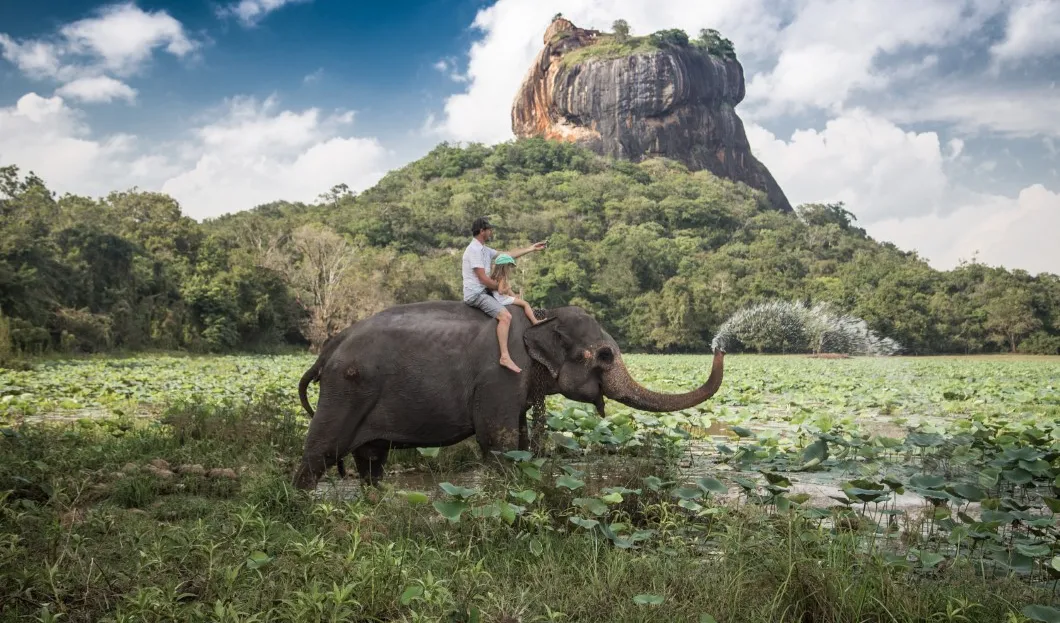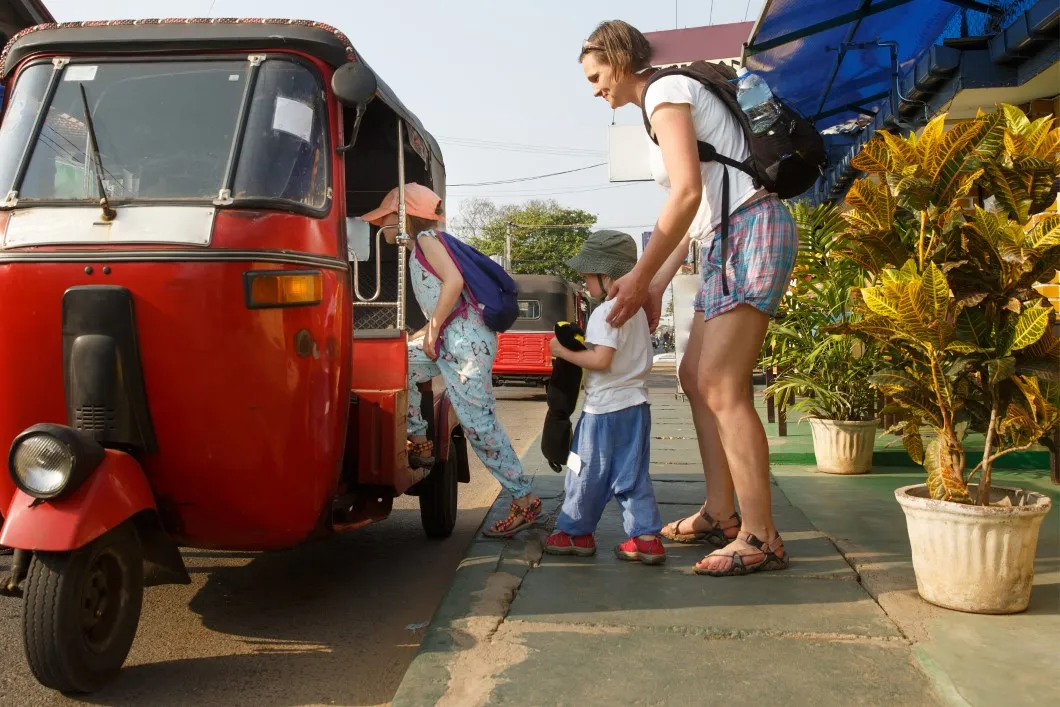
Sri Lanka, known for its white beaches and large tea plantations in the Indian Ocean, has reduced its rates in an attempt to recover the inflow of tourists to the country. After the Easter Sunday terrorist attacks last year, a sharp tourism fall followed. The industry, however, accounts for a good portion of the country’s economy.
The slowdown of tourism activity in one of the favorite destinations in South Asia is something that Sri Lanka is still trying to overcome. After the attacks against three churches and three luxury hotels during the celebrations of Holy Week last year, local tourism collapsed. A total of 269 people were killed, several of them foreign tourists.
The Consequences of the Tragedy
Official data revealed that 40 of the people killed and 19 of the injured were foreign visitors of different nationalities – many of them were Chinese, Danish, Spanish, British and Indian. The data of the Ministry of Tourism suggests that the tourism fall in arrivals right after the attacks reached 70%, going from 166,975 tourists to 37,802 between April and May 2019.
According to the annual report, only 1.9 million arrivals were recorded in 2019, 18% less than in 2018. The Ministry’s data also showed that, in the first quarter of the year, tourism grew by 2.2% in January, 7% in February, and 4.7% in March; but since the April attacks, the trend was set backward and every month they registered declines, which continued to progress until the 4.5% drop in December, compared to 2018.
According to the Sri Lanka Tourism Development Authority (SLTDA), the five main markets of origin of the visitors were India, United Kingdom, China, Germany and Australia.
However, experts believe that these data do not portray the full impact of the incident in the service industry because it does not consider the economic losses of the sector during the last period compared to 2018. When compared with the income of 2018, 2019 registered a drastic fall. Even today, cancellations of stays by tourists continue.

Discounted Rates to Attract Guests
Since the attacks, during which three of the most exclusive hotels on the island were targeted, the hotel chains started a rates war to compete in a downward market. The five-star accommodations are now offered at three-star rates in a desperate attempt to attract visitors, and as a result, it is undercutting the middle and lower business of the sector.
Rooms for about 380 euros a night in one of the most luxurious hotels in the country put heavy pressure on lower category businesses. Cheaper hotels have to offer their rooms at half of those prices in the face of an obvious shortage of tourists.
Upali Ratnayake, former General Director of SLTDA and an industry expert, agrees that the data released by the tourism authority on visitors do not portray the entire scenario. “It is necessary to see clearer data to understand the reason for the tourism fall, or why the entry of tourists does not translate into revenues or profits for the sector,” Ratnayake said.
Promotion Plan
In the face of an industry in decline, Sri Lankan President Gotabaya Rajapaksa has ordered the development of a promotion plan for the country and the rebound in tourism in the next five years.
“Steps [to achieve] immediate results must be taken. I am ready to make the decisions that must be taken for the country without fear,” said Rajapaksa, who was elected a few months ago in a campaign driven mainly by the fears of the population after the attacks.
So far, Rajapaksa’s promotion plan has set the goal of generating 10 billion US dollars through tourism before the end of 2025, an ambitious goal if we consider that most of the Colombo beaches remain without visitors.










